In the intricate world of finance and investment, the Federal Funds Rate stands as a key interest rate that has a profound impact on various aspects of the economy, financial markets, and investment decisions. Often referred to simply as the "Fed Funds Rate," this benchmark rate plays a pivotal role in shaping borrowing costs, influencing investment strategies, and guiding monetary policy. In this article, we will delve into what the Federal Funds Rate is, how it is determined, its significance in the context of investment, and its broader economic implications.
Understanding the Federal Funds Rate:
The Federal Funds Rate is the interest rate at which depository institutions (primarily commercial banks and credit unions) lend funds overnight to one another within the Federal Reserve System. These overnight loans are essential for banks to meet their daily reserve requirements and maintain liquidity.
The Federal Reserve, often referred to as the "Fed," sets and controls the Federal Funds Rate as part of its monetary policy toolkit. By influencing this rate, the Fed seeks to achieve specific economic goals, such as managing inflation, promoting economic growth, and ensuring financial stability.
Determining the Federal Funds Rate:
The Federal Funds Rate is determined through a market-based process, although the Fed influences it through open market operations. Here's how it works:
1. Open Market Operations: The Federal Reserve conducts open market operations, which involve buying and selling U.S. government securities (Treasury bonds and bills) in the open market. When the Fed buys these securities, it injects money into the banking system, lowering the Federal Funds Rate. Conversely, when it sells securities, it drains money from the system, pushing the rate higher.
2. Target Rate: The Federal Open Market Committee (FOMC), a key policy-making body within the Federal Reserve, sets a target range for the Federal Funds Rate during its regular meetings. This target rate guides the Fed's open market operations.
3. Interbank Transactions: Commercial banks and financial institutions engage in interbank transactions daily, borrowing or lending funds to meet reserve requirements or manage their liquidity needs. These transactions take place in the federal funds market, where the Federal Funds Rate is determined.
4. Market Forces: Supply and demand dynamics in the federal funds market, influenced by factors such as economic conditions, inflation, and the Fed's policy stance, ultimately determine the actual rate at which banks lend to one another.
Significance in the Context of Investment:
The Federal Funds Rate holds significant importance for investors due to its wide-ranging impacts on the financial markets and investment decisions:
1. Borrowing Costs: The Fed Funds Rate serves as a benchmark for short-term interest rates, influencing the cost of borrowing for individuals, businesses, and institutions. When the rate is low, borrowing becomes cheaper, potentially stimulating investment and economic activity.
2. Fixed Income Investments: Bond prices have an inverse relationship with interest rates. When the Fed raises the Fed Funds Rate, bond prices tend to fall, which can affect the value of fixed-income investments like bonds and bond funds.
3. Stock Markets: The Fed Funds Rate can influence stock market performance. Lower interest rates can boost corporate profits and make stocks more attractive relative to bonds, potentially driving stock prices higher.
4. Foreign Exchange Markets: Changes in the Fed Funds Rate can impact currency exchange rates, affecting the returns and risks associated with international investments.
5. Investment Strategies: Investors often adjust their investment strategies in response to changes in the Fed Funds Rate. For example, they may shift allocations between stocks and bonds, favoring one asset class over another based on interest rate expectations.
6. Real Assets: The Fed Funds Rate can influence the demand for real assets like real estate and commodities. Lower rates can make real assets more appealing to investors seeking yield and inflation protection.
7. Macro-Economic Indicators: Savvy investors pay close attention to the Federal Funds Rate as it reflects the Fed's view on the health of the economy, inflation outlook, and monetary policy direction.
Economic Implications:
The Federal Funds Rate plays a crucial role in the broader economy, impacting inflation, employment, and overall economic growth. The Fed uses the rate to implement its dual mandate of achieving price stability and maximizing employment.
1. Inflation: The Fed may raise interest rates to combat rising inflation. Higher rates can reduce consumer spending and investment, helping to curb price increases.
2. Employment: Lower interest rates can stimulate borrowing, investment, and economic activity, potentially leading to job creation and lower unemployment rates.
3. Economic Growth: The Fed adjusts the Federal Funds Rate in response to economic conditions, using it as a tool to encourage or restrain economic growth as needed.
In conclusion, the Federal Funds Rate is a critical component of the financial system and has a profound impact on investment decisions, financial markets, and the broader economy. Investors closely monitor changes in this rate as part of their strategy for managing risk, optimizing returns, and aligning their investment portfolios with the prevailing economic and monetary policy landscape. Understanding the Federal Funds Rate is essential for anyone seeking to navigate the complexities of the investment world and make informed financial decisions.

